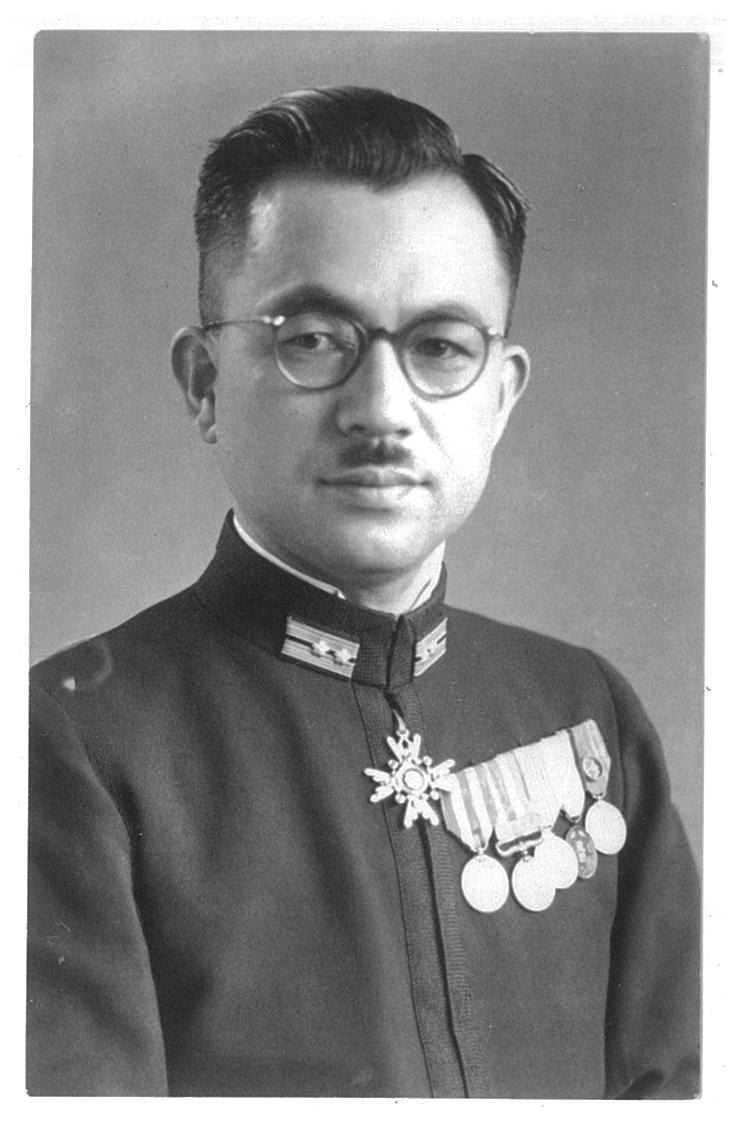Thumpalumpacus
Lieutenant Colonel
Conclusion
Ultimately, like Geoffrey, I have concluded that if the effort had been put into clearing the Scheldt then maybe Antwerp could have been reopened 2 or at most 3 weeks sooner than historical.
Meh, it's only war, what's two or three weeks?

